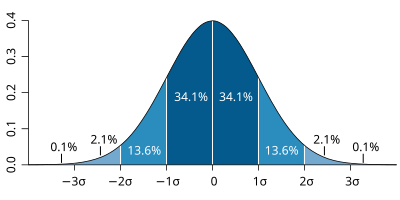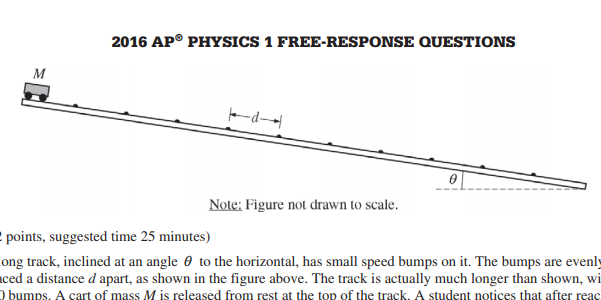Congratulations! You finished the AP Physics 1 Test.
For those of you who took the test, here is some information about test results, etc.
Dates
- May 26: FRQ posted for teachers to see (I think; there’s some confusion on the AP Physics Facebook group about what is actually being released on the 26th).
- August 18: Scores released.
The way FRQs are traditionally scored is that the College Board hires teachers for a week session during the summer where the teachers discuss and agree on a scoring rubric, then score all the tests. During the session, teacher scores are routinely audited by lead teachers to ensure that all tests are being scored consistently. This year, the scoring will be done remotely, but will probably utilize Zoom and other sharing platforms to create the scoring rubrics.

Once the FRQ scoring is complete, the College Board looks at the score distribution for both the multiple choice (although there were none of these this year) and the FRQs and normalizes them to produce a consistent curve of 1-5 scores across the years. Their assumption is that each year there should be the same bell curve shape; e.g. if one year more students earn higher scores, then the assumption is that test was easier the year before. This is why it takes until August to get your results…real humans score the FRQs, not machines.
Feedback on the test
Please click here to complete a form to let me know how the test went for you (both physics-wise and technology-wise), and so I can provide you with some thoughts on how well you did with your answers.
You can also upload your solutions if you’d like me to look at them.





